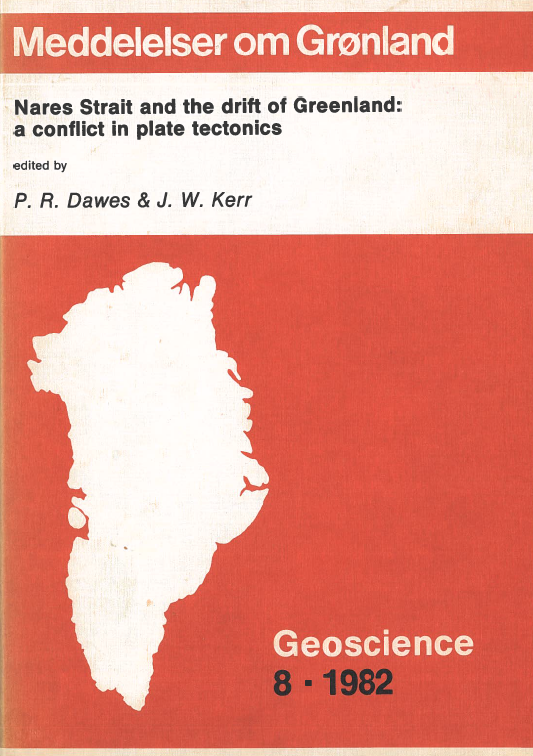History of exploration and geology in the Nares Strait region
DOI:
https://doi.org/10.7146/moggeosci.v8i.141023Abstract
Exploration in the Nares Strait region in the late 19th and early 20th centuries was connected with the seaway's position as a principal route of geographic discovery. Few of the early expeditions were directed towards obtaining data for the young science of geology. At the turn of the century, with the passing of the main era of geographical discovery, including the race for the North Pole and the establishment of Greenland's insularity, geological understanding of the region advanced rapidly and geologists more or less became 'standard' members of expeditions to this part of the Arctic.
Systematic geological studies in the Nares Strait region began when Lauge Koch mapped the Greenland side of the Strait in the period 1916-23; such investigations on the Canadian side by the Geological Survey of Canada took place in the 1950s and later. Early private expeditions and later work by university and petroleum and mineral enterprises have also contributed many geological data, as have several 'military operations' centred on Thule Air Base in Greenland. Regional geological mapping in Greenland was renewed by the Geological Survey of Greenland in the 1970s and continues today.
Cooperative Danish-Canadian projects, initiated by "Operation Grant Land" in 1965-66 in northern Nares Strait, have aimed at coordinating field studies in order to better assess correlation of stratigraphy and structure across the Strait.
Greenland and Nares Strait held important positions in the early ideas about the horizontal mass movements of the continents, and both Frank B. Taylor and Alfred Wegener featured the narrow linear channel between Ellesmere Island and Greenland in their respective theories of continental drift. These two creative theorists built on the immense global knowledge assembled by Eduard Suess, who published one of the earliest appraisals of the region. Early geological maps of the Nares Strait region by Bailey Willis and Lauge Koch were used by Wegener in support of his theory of continental drift.
Downloads
Published
How to Cite
Issue
Section
License
Coypyright by the authors and the Commision for Scientific Research in Greenland / Danish Polar Center. No parts of the publications may be reproduced in any form without the written permission by the copyright owners.


